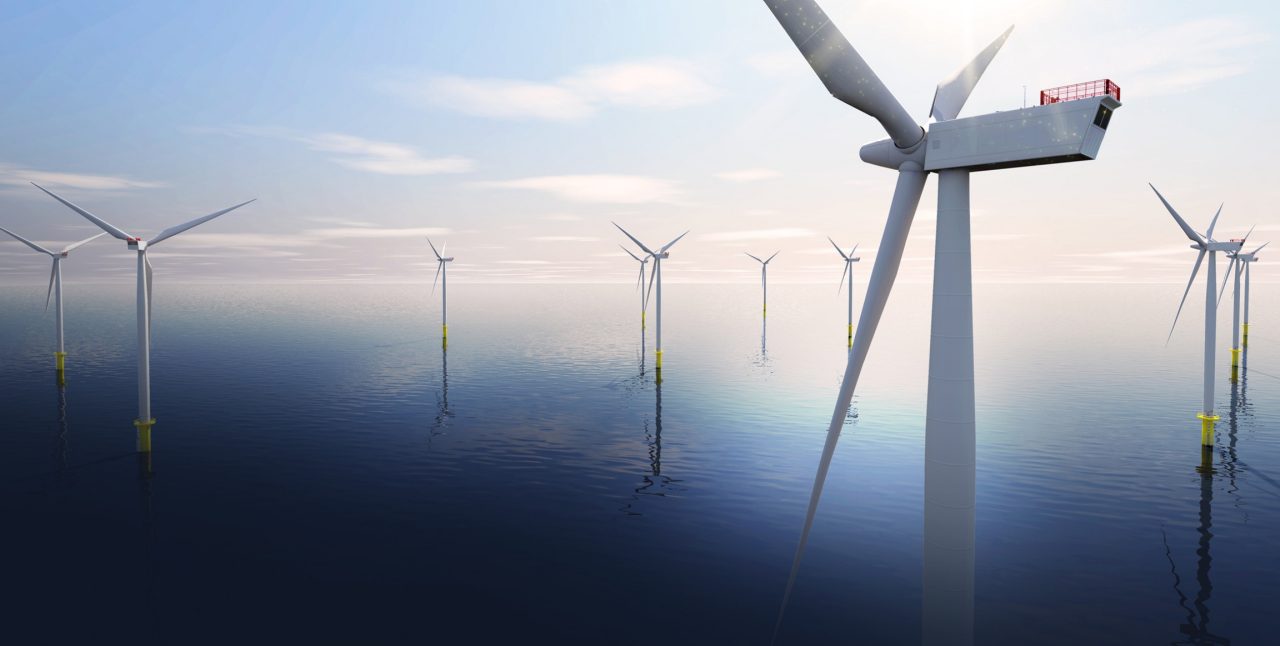

08 December 2022
Our ratings approach for the reporting period is consistent and comparable with our first disclosures of these ratings last year, although we are currently in the process of revisiting and updating our approach in light of the findings of the independent benchmarking review undertaken by Arup.
We use our green ratings against all five of our Green Purposes to inform our investment decisions – a project’s contribution is evaluated on a scale of AAA to E, as indicated below. Here we report our total ratings given to investments in the year (at FID or later, in accordance with our Green Impact Reporting Criteria), with the exception of rooftop solar projects as the Green Analytics team does not routinely rate individual rooftop solar assets. The graphic below indicates the number of projects assigned to each rating. The reporting period for our green ratings is April 2021 to March 2022.
Our ratings approach for fund investments is consistent with the approach used for balance sheet investments. During the green impact reporting year, one project was closed for MGREF2; therefore, to protect the confidentiality of individual investments, the green ratings for the funds are presented descriptively.